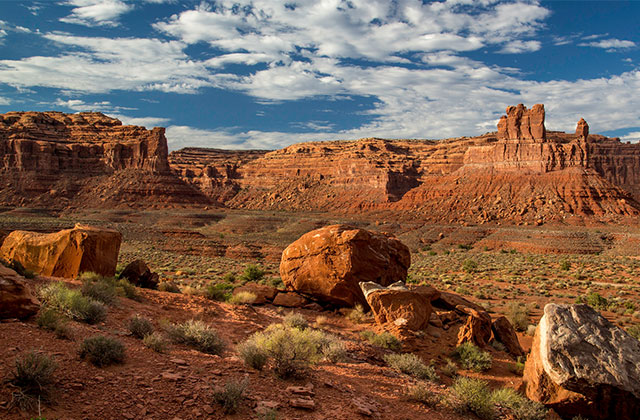Amid increasingly dire news about the earth and the environment, there were two legal victories over the past week in various Indigenous nations’ efforts to halt threats to their lands.
Yesterday (October 1), the Supreme Court of the United States declined to hear an appeal filed by the uranium industry. The case was intended to overturn an Obama-era 20-year ban on new uranium mining near the Grand Canyon. By refusing to hear the case, SCOTUS effectively declared that the ban, in place since 2012, is legal.
Environmentalists supported the ban because uranium mining can potentially contaminate water sources, including the Colorado river and its tributaries that support the Hualapai and Havasupai tribes. Per The Guardian:
rnt
The ban, also known as a mineral withdrawal, has faced a series of legal challenges from commercial interests.
t
But Muriel Coochwytewa, chairwoman of the small Havasupai tribe that lives within the canyon and relies on a local river, which forms famous turquoise waterfalls, said: “The mineral withdrawal is a necessary way to protect the land and the water that our people and our village depend upon.”
t
She added: “We are grateful that the Supreme Court has agreed … that our lands and our people must be preserved.”
With the ban upheld, Havasupai activists and environmentalists now fear that President Donald Trump will issue an executive order to restart uranium mining.
Last Tuesday (September 25), another federal court issued a legal victory, this one to a coalition of Indigenous nations and environmental groups suing the U.S. government for Trump’s plan to shrink Bears Ears National Monument by 85 percent and reduce Grand Staircase-Escalante National Monument by nearly half. Reports The Atlantic:
rnt
Judge Tanya Chutkan’s ruling last week gave the environmentalists two key advantages: First, she ordered that the president’s legal opponents must receive advance notice of any plans to break new ground at the site. She also denied the government’s bid to transfer the case to a federal court in Utah, a jurisdiction that might have been more favorable to the president’s case.
t
The victories, though procedural, may ultimately prove crucial in the case. The groundbreaking decision is particularly key: It ensures that advocates will learn of any prospecting or oil-drilling activities before they occur. Heidi McIntosh, an attorney at the environmental group Earthjustice and a lead counsel in the case, told me that litigants could now ask the court to issue an injunction to stop environmentally destructive activities before they occur. Under normal circumstances, the Bureau of Land Management would not need to notify the public (or environmental groups) before approving some types of exploratory oil drilling or uranium mining.
Bears Ears National Monument covers 1.35 million-acres and is sacred to six different Indigenous nations, including the Navajo Nation, Hopi Tribe and Ute Mountain Ute Indian Tribe.
Bears Ears was targeted for reduction per a recommendation made by Interior Secretary Ryan Zinke. Opponents believe that the size reduction will destroy cultural artifacts and sacred lands. As Colorlines previously reported, the monument contains more than 100,000 Native American archeological and cultural sites.
Grand Staircase-Escalante, which covers 1.8 million acres, was once home to the Anasazi tribe and contains petroglyphs and other Indigenous cultural artifacts. President Bill Clinton designated it as a monument in 1996.
